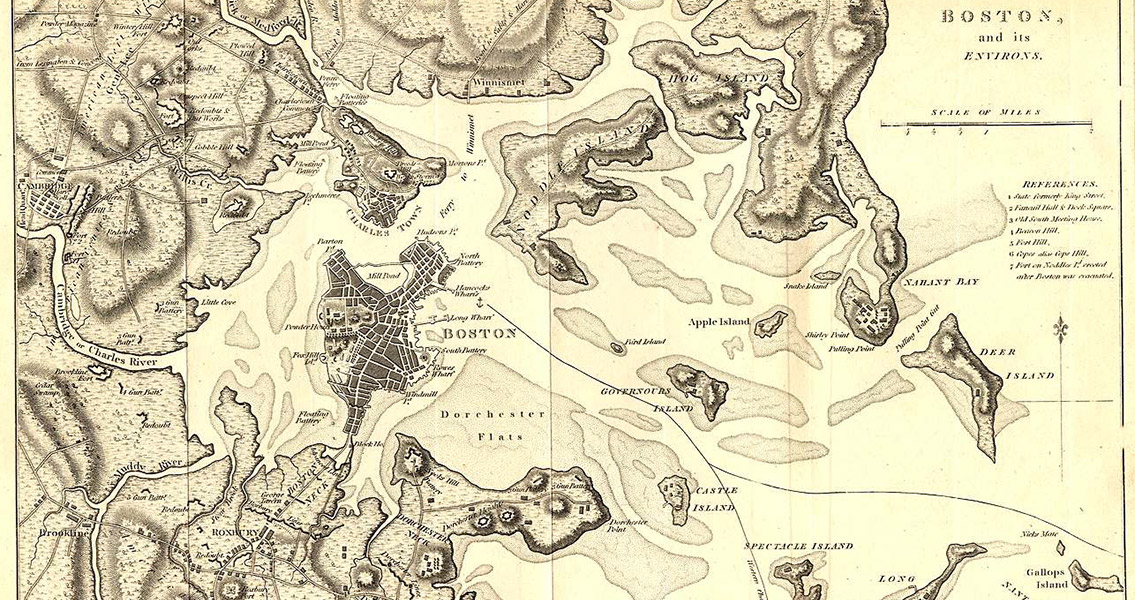<![CDATA[It’s understood within the construction industry that you never know what you’ll find once you start digging, and in Boston’s Seaport District it’s never been more true. During excavation work at the future site of a 17-story office building, an intact nineteenth century shipwreck (including its cargo) has been discovered – over 150 years after it sunk. The partially burnt wooden sloop is around 50 feet long and was found approximately 25 feet below ground. It was likely in service during the mid-to-late 1800s, and it appears to have been carrying a load of lime at the time of its demise. Lime was a typical ingredient of concrete at the time (in lieu of lime, most concrete is mixed using Portland cement today), and several dozen barrels were found in the area of the shipwreck, suggesting to researchers that the bottom of the ship is probably filled with them. When lime is mixed with water it hardens, this would have rendered the cargo unusable and that’s probably why it was left on the ship instead of being salvaged. Coincidentally, another characteristic of lime is that it’s exothermic, it produces heat while undergoing the hardening process. Researchers wonder if this could have played a part in the fire that damaged most of the ship. The area where the sloop was found, referred to as Dorchester Flats in the nineteenth century, was once mudflats, alternating between being covered in water and dry land depending on the tides. In the late 1800s, this section of Boston Harbor was filled in to expand the footprint of the city, and is now home to upscale restaurants, condos and office buildings. The city’s archaeologist, Joe Bagley, told WBZ–TV in Boston that this is the second shipwreck found in an area of the city that had been filled in, and the first shipwreck found in this particular part of the city. He also explained that it isn’t yet clear what exactly caused the shipwreck. Possible scenarios include the ship running aground or crashing on the mudflats during a storm, and then being burned by the crew to reduce its weight as it sank into the mud; or that it was deliberately scuttled in the mudflats after the fire had started. Other artifacts found at the site include pieces of a ceramic vessel, construction tools, two forks, two knives and burned plates. Skanska Construction, the contractor working on site, has voluntarily stopped construction and hired an independent consultant to help city staff research and examine the shipwreck. Due to the severe deterioration and age of the wood, it’s highly unlikely the ship can be removed intact, however, all appropriate measures are being taken to preserve as much of the ship as possible. The team of experts working at the site include archaeologists, nautical archaeologists and others from the Public Archaeology Laboratory, the State of Massachusetts, and the City of Boston.]]>
Construction Workers in Boston Unearth a Ship Out of Water
